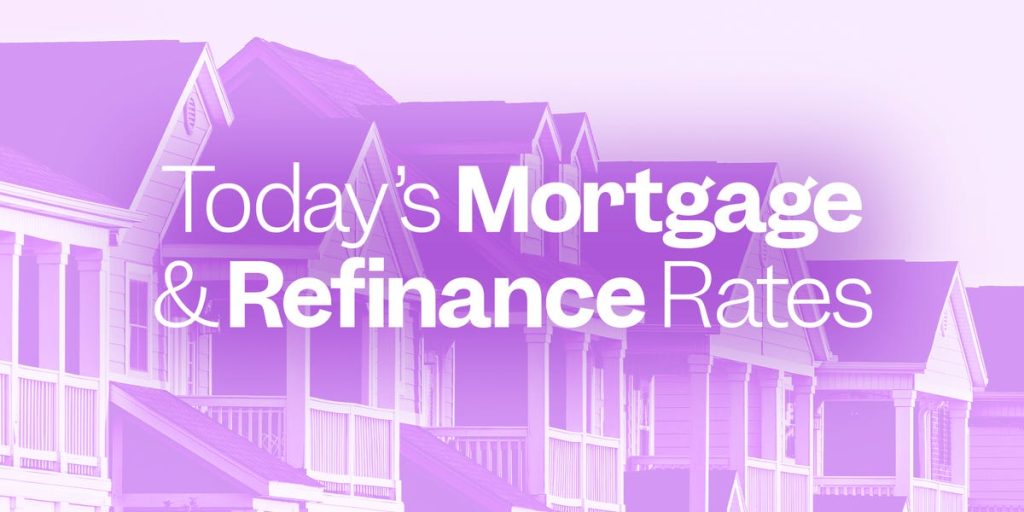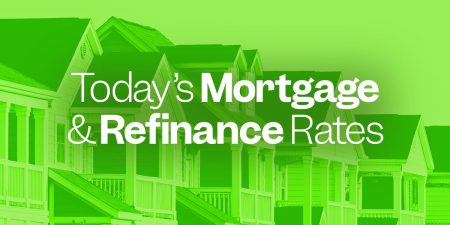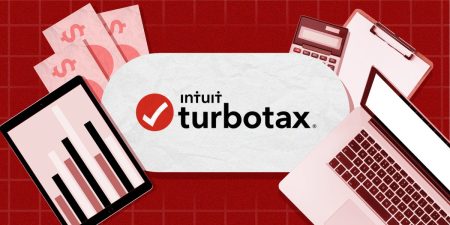Current Mortgage Rates: A Steady Rise
Mortgage rates for February 8, 2025, are currently around 6.60%. This uptick follows the release of January’s jobs report, which provided some robust numbers on employment and wage growth. The Bureau of Labor Statistics reported that the U.S. economy added 143,000 jobs in January, though this was slightly lower than anticipated. However, job growth for November and December was revised upwards, and the unemployment rate unexpectedly fell. Additionally, wages increased by 4.1% year over year. These positive economic indicators suggest that the Federal Reserve has little incentive to lower the federal funds rate in the near future. Consequently, mortgage rates are forecast to remain relatively stable and might not drop significantly this year, contrary to earlier expectations. Homebuyers should, therefore, not count on a substantial decrease in rates and should explore multiple lenders to find the best available rates.
Real Estate and Investment Implications
Despite the elevated mortgage rates, the real estate market continues to be active. Borrowers can still find affordability by comparing quotes from various mortgage lenders, ensuring they get the best deal possible. The recent economic data indicates a solid economy, which generally keeps interest rates from falling too much. According to CME FedWatch, traders do not anticipate any rate cuts until July, and this might be the only cut for the year. This scenario means that the burden on homebuyers may remain high, but there are still strategies to mitigate the impact. For instance, paying a higher down payment, securing a lower interest rate, or making extra monthly payments can significantly reduce interest costs and loan duration.
Understanding the 30-Year and 15-Year Mortgage Rates
The 30-year fixed-rate mortgage, the most popular home loan type, is currently averaging around 6.71%, as per Zillow data. The 15-year fixed-rate mortgage, on the other hand, is hovering around 5.90%. The 30-year fixed-rate mortgage offers the advantage of lower monthly payments due to the extended repayment period, making it more manageable for first-time buyers or those with tighter budgets. However, the trade-off is a higher interest rate compared to a 15-year mortgage. A 15-year mortgage, with its lower interest rates and shorter term, can save borrowers tens of thousands of dollars in interest costs over the life of the loan. The decision between these two types of mortgages often comes down to personal financial circumstances and long-term goals.
Refinance Rates and Trends
Refinance rates have been relatively comparable to purchase rates in recent months. In January, 30-year refinance rates averaged 6.75%, while 15-year refinance rates were around 6.04%. For borrowers considering a refinance, the current economic landscape and mortgage rate trends are crucial. While it might be tempting to refinance to lock in a lower rate, the decision depends on several factors. If you have a high interest rate on your existing mortgage and can secure a significantly lower rate, refinancing could make sense. However, with rates expected to ease slightly, it might be beneficial to wait and see if you can negotiate better terms in the future. Assessing the potential savings against the cost of refinancing is essential to making an informed decision.
Five-Year Mortgage Rate Trends
Over the past five years, mortgage rates have experienced significant fluctuations. According to Freddie Mac data, 30-year fixed rates have generally trended upwards, reflecting broader economic conditions and Federal Reserve policies. In the early years of this period, rates were at historic lows, driven by the Fed’s efforts to stimulate the economy post-pandemic. However, as inflation rose and the economy stabilized, the Fed began to increase the federal funds rate, leading to a rise in mortgage rates. The trend suggests that rates are unlikely to return to the sub-3% levels seen in 2020 and 2021, but they could stabilize in the 6% range over the next couple of years. Borrowers should be aware of these trends and plan accordingly, considering both the short-term and long-term financial impacts.
Factors Influencing Mortgage Rates
Mortgage rates are influenced by a complex array of factors, including macroeconomic trends, Federal Reserve policies, state-specific mortgage rates, the type of loan, and the borrower’s personal financial profile. While many of these factors are beyond individual control, there are steps you can take to improve your chances of securing a better rate. Enhancing your credit score, paying off existing debts, and saving for a larger down payment can all contribute to a more favorable mortgage rate. The Federal Reserve’s decisions on the federal funds rate also play a critical role. Although mortgage rates are not directly tied to the federal funds rate, they often move in tandem as investors gauge the impact of Fed policies on the broader economy. In 2024, the Fed made three rate cuts, but fewer cuts are expected in 2025, which could limit the extent to which mortgage rates decrease.
How to Shop for Mortgage Rates
Shopping around for the best mortgage rates can save you a substantial amount of money. Mortgage lenders offer different rates, so it’s advisable to get quotes from at least three lenders to understand the range of options available. Early in the home-buying process, you can apply for preapproval to get an estimate of your rate while searching for homes. Once you are under contract, regular approval will provide a more accurate picture of your costs. When comparing offers, consider the overall cost, including fees and other terms. A lower interest rate might not be worth it if it comes with high upfront costs. Additionally, evaluate other benefits such as customer service and down payment assistance programs. By taking a comprehensive approach, you can make a more informed and financially sound decision.












